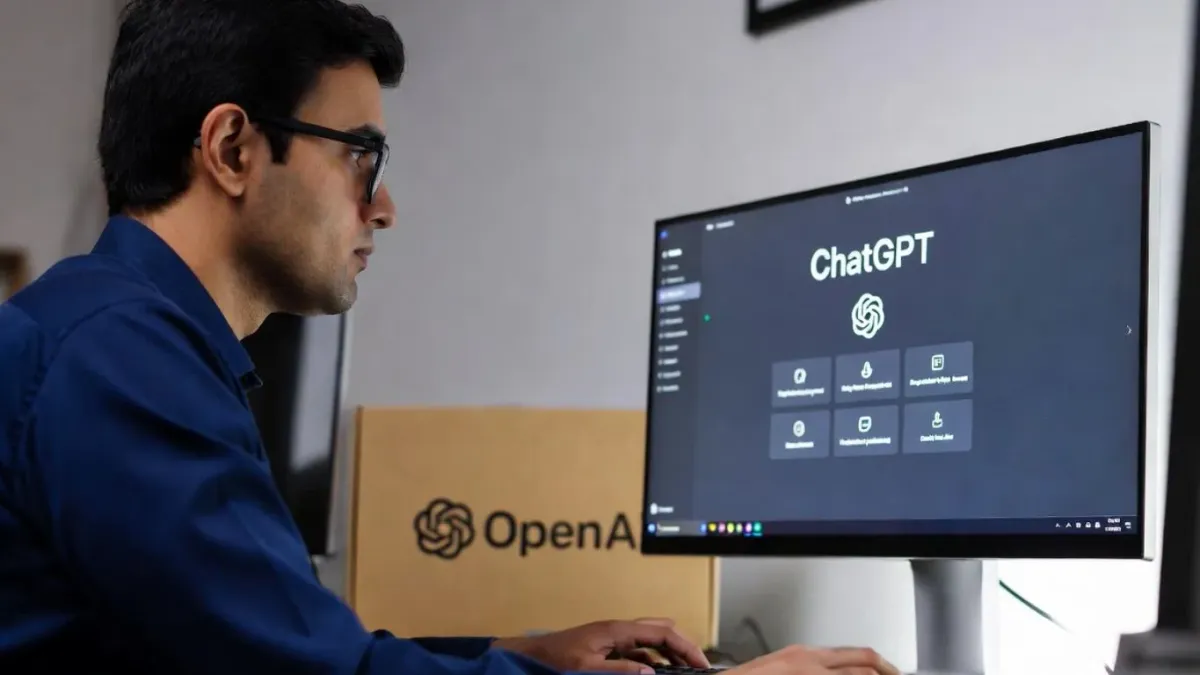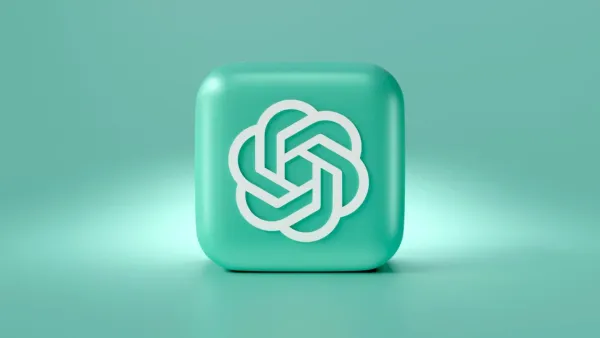OpenAI announced three new features and versions for ChatGPT in rapid succession. First, the firm said group chat functionality is now available globally to all logged-in users across Free, Go, Plus and Pro plans.
Second, it introduced ChatGPT for Teachers, described as a secure workspace designed for educators with admin controls and compliance support tailored for schools.
Third, OpenAI noted that a free version of that teachers’ workspace will be available for K-12 educators, allowing them to work with classroom materials, student information and collaborate with colleagues securely.
ChatGPT was first launched in November 2022 and quickly became a mainstream generative-AI application, sparking widespread use across personal and professional settings. Since then OpenAI has iteratively added features: multi-modal inputs, plugins, business integrations and enterprise tiers.
The move toward group chats shows OpenAI developing ChatGPT into a tool that supports shared use rather than only one-to-one interaction, while the education updates point to a more focused approach for schools.
Group chats in ChatGPT are now rolling out globally.
— OpenAI (@OpenAI) November 20, 2025
After a successful pilot with early testers, group chats will now be available to all logged-in users on ChatGPT Free, Go, Plus and Pro plans. pic.twitter.com/vOWddj3vGy
Education has been an early area of interest for AI, although adoption often depended on pilots or custom deployments. With these versions now available, OpenAI is moving from trial features toward wider, ready-to-use options for educators and classroom environments.
The global rollout of group chats expands ChatGPT’s utility from one-on-one interactions to multi-participant collaboration. That positions it more directly alongside team tools and messaging platforms.
For educators the new versions may accelerate AI adoption in schools by offering tailored administrative controls and compliance support, which are often requirements in academic institutions. A freely available version for K-12 simplifies access and may drive usage at scale in primary and secondary environments.
Introducing ChatGPT for Teachers—a secure ChatGPT workspace built for educators, with admin controls and compliance support for school and district leaders.
— OpenAI (@OpenAI) November 19, 2025
Free for verified U.S. K–12 educators through June 2027. pic.twitter.com/0XnZhR2wM6
For individual users and teams, group chats may broaden how ChatGPT is used. What was previously a one-to-one interaction now becomes a space for shared sessions, brainstorming, peer learning and collaborative editing.
For the education sector these updates could encourage wider use of AI in classrooms. Teachers may turn to the new tools for lesson planning, content creation, tutoring support and coordination with colleagues.
There are still practical concerns. Schools must address data privacy, student safety, regulatory compliance and deployments across large student populations. OpenAI has not yet outlined the full cost structure of the teacher platform or the global rollout timeline.
A key question is how smoothly these features will fit into existing school workflows and whether educators receive the training and support required for day-to-day use.
Conclusion
With these three simultaneous updates OpenAI expands ChatGPT’s reach both socially and vertically into education. By enabling group chats, launching a workspace for teachers and offering a free version for K-12, the company is broadening how the tool may be used beyond individual interaction.
The success of these features will depend on adoption by collaborative teams and educational institutions and how robustly OpenAI supports security, compliance and integration into existing systems.


